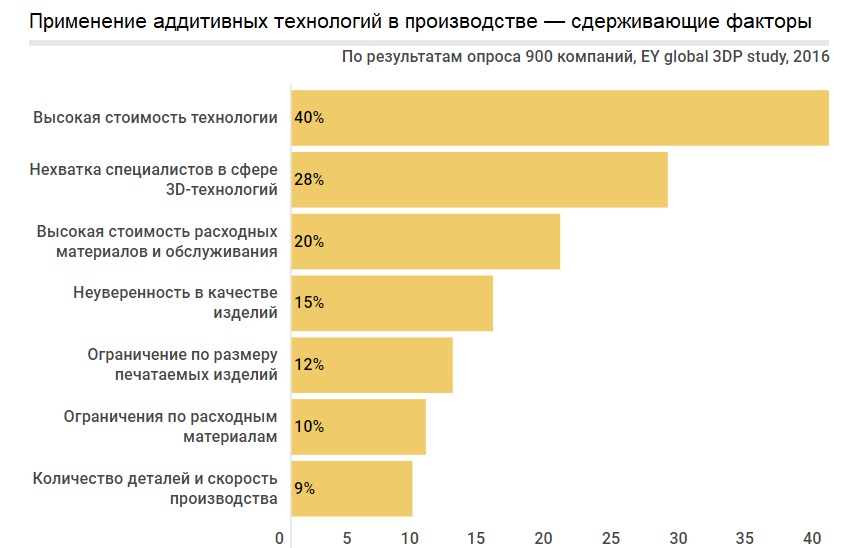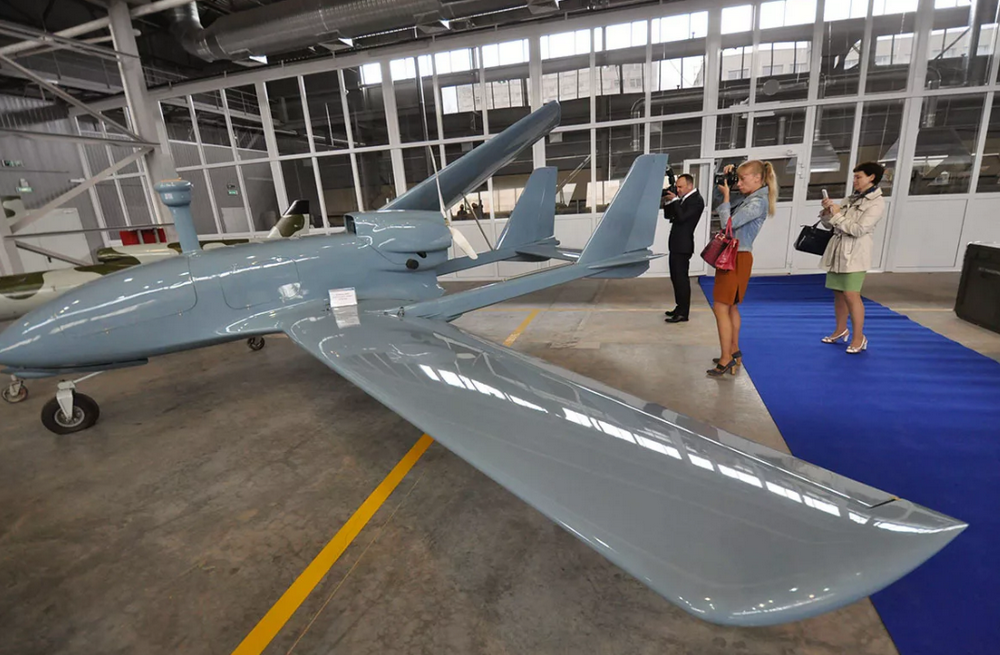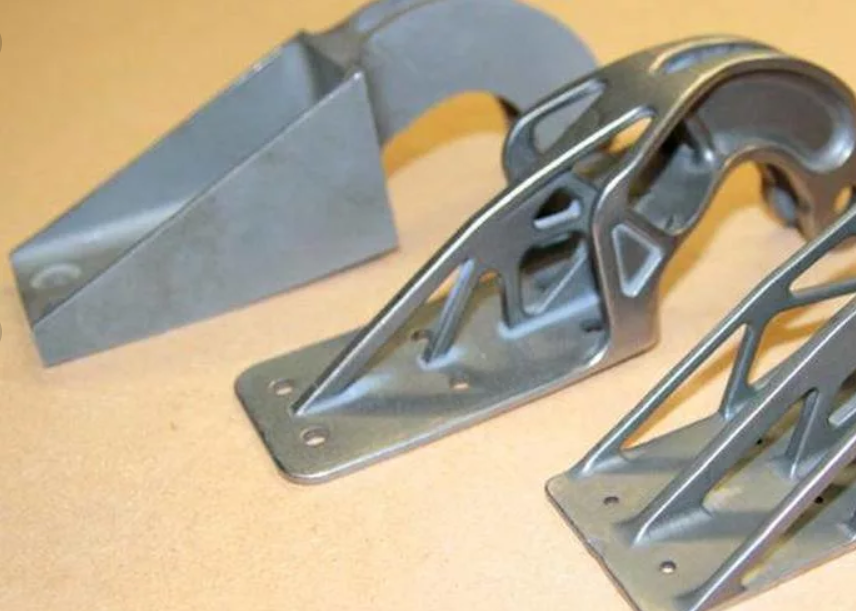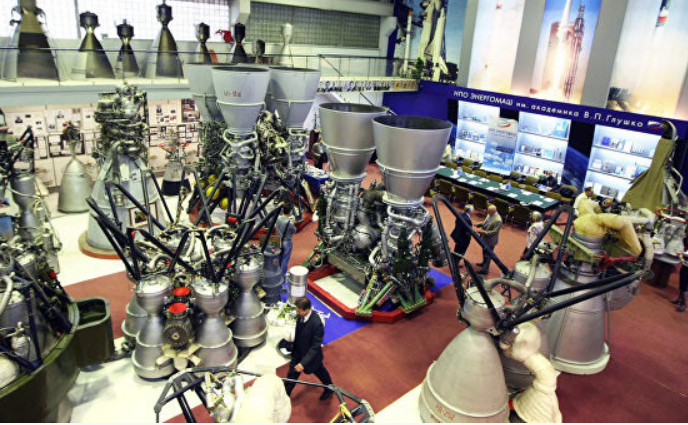76% of manufacturers have no experience implementing additive - why is it good

According to experts, each year the domestic market for additive technologies grows by 20% and will reach 14 billion rubles in 2023. And so all over the world - EY research showed that 76% of industrial companies have no experience in introducing additive technologies (AT) in their production.
How is it: the market is growing, and the use of AT and digital production systems (DP) are so small?
Here we look at how it happened and what it means.
The study showed: AT application is lower than expected
Conducted by the consulting company EY study showed that
- 76% of manufacturing companies did not introduce additive technologies at all,
- 4% experiment and test the effectiveness of AT in their field,
- 9% use AT in advanced and experienced departments,
- and only 11% implement them fully as part of the production process.

Why it happens
The reasons for such a small implementation of AT are unlikely to surprise anyone, they are natural and quite expected. Here are some arguments made by company executives in which additive technologies have not been applied:

- 40% - the high cost of equipment and implementation;
- 28% - lack of qualified specialists;
- 20% - expensive materials and service;
- 15% - doubts about the quality of products;
- 12% - restrictions on the size of the created objects;
- 10% - a limited amount of applicable materials;
- 9% - insufficient speed and volume of output.
These are all objectively existing factors, but they are often overestimated. Equipment and materials are becoming cheaper as they become more widely available. Universities and institutions of additional education already train and graduate qualified personnel all over the world. Quality certification systems are also being developed everywhere, including the Russian Federation, where a special commission of Rosstandart is engaged in this . The number of materials used for 3D printing is constantly increasing , and the dimensions of industrial 3D printers and the details they print are scaled.
In terms of speed of production of small and medium series, AT products are often superior to traditional technologies, and in large-scale production they play an important role at the development and prototyping stage. Which is convincingly proved by the cases below.
Cases
Design Bureau "Ray"

Problem: Creating parts for an unmanned aerial vehicle took several years.
Solution: Designing a model on a computer. The program suggested the optimal design of the device. Print all basic parts on a 3D printer.
Result: Printing drone parts took 30 hours. Further, only assembly was needed. It took 2 months for all the work, from the plan to the manufacture of the apparatus.
CJSC Promtractor Wagon

Problem: Creating a full-scale prototype of 50 parts from special plasticine required from several weeks to several months.
Solution: Use a 3D printer to print prototype parts.
Result: Printing a part takes an average of 20-40 minutes, depending on complexity. The ability to print parts in different colors allows you to create a complete design model in less than a week.
Perm Engine Plant "Aviadvigatel"

Problem: The development of parts whose geometry by traditional methods (casting, turning) is extremely difficult or impossible.
Solution: SLS technology is used to make models. Titanium, nickel, steel, cobalt-chromium powders are used: for laser melting - a diameter of 10-63 microns, for surfacing - 40-80 microns.
Result: It takes from 6 to 40 hours to create complex parts (swirl, bracket, comb).
Nissan plant in St. Petersburg

Problem: High costs for manufacturing auxiliary tools by third-party contractors.
Solution: Implementation of 3D printers for the needs of rapid prototyping and manufacturing of assembly equipment and templates. Application of the Stratasys Dimension 1200ES 3D printer using FDM / FFF.
Result: During the year of operation of the 3D printer, the company saved about one million rubles in the production of prototypes, templates and equipment.
Concern Okeanpribor in St. Petersburg

Problem: low speed of obtaining prototypes of a polyurethane splitter (several months).
Solution: use ProJet x60 ZPrinter. A frame is made, which is then filled with silicone. After polymerization, the finished silicone mold is suitable for pouring with any other material, usually polyurethane is poured into it. The result is not a prototype, but a finished part.
Result: the creation of a prototype of the product takes one day, the cost of developing a prototype has decreased significantly.
State Corporation Roscosmos

Problem: The traditional method of manufacturing a mixing head requires more than two hundred parts that are joined by sixty-two welds. A long and complicated production process
Solution: Using 3D printing allows you to produce an integral part, it takes seventy-seven hours to print.
Result: The use of additive technologies will reduce the complexity of production immediately by 20%, according to experts.
What does this mean in practice
At first glance, it might seem that everything is bad, 3D printing technology did not live up to expectations and this explains their low level of application. And so it will seem right up to the moment of acquaintance with the studies testifying to the steady increase in the share of AT in production.
The conclusions are simple: the small involvement of manufacturing companies in the use of AT and DP now leaves a huge space for implementation open, while the market is not busy and continues to grow, its poor development means very good prospects.

The goal of Top 3D Expo is to make knowledge on the implementation of additive technologies and digital production publicly available, to provide an exchange of experience between manufacturers of additive technologies, companies involved in their implementation and the end customer - operators.
At the Top 3D Expo conference and the round-table discussion on 3D metal printing held within its framework, more than twenty national and international speakers will share their experience and practical cases on using 3D technologies to solve business problems.
Read reviews about conference experts and topics presented:
- “Shining 3D Experience in Creating 3D Digitization Solutions , ” Sunny Wong, Shining 3D;
- “Application of 3D printing by metal in the aviation and space industry” , Anton Sotov, Samara University;
- “Anisoprinting - a new technology for 3D printing of composite structures” , Fedor Antonov, Anisoprint;
- 3D Printing of Organs and Tissues , Yousef Hesuani, 3D Bioprinting Solutions.
Join us and find out how 3D technology is revolutionizing industries such as manufacturing, medicine, architecture, the aerospace industry, the automotive industry, and more.
In one of the conference speeches, Vasily Kiselev, Managing Director of Top 3D Group, will talk about the company's new product, designed to solve the problem of integration at a deeper level. Join now !
